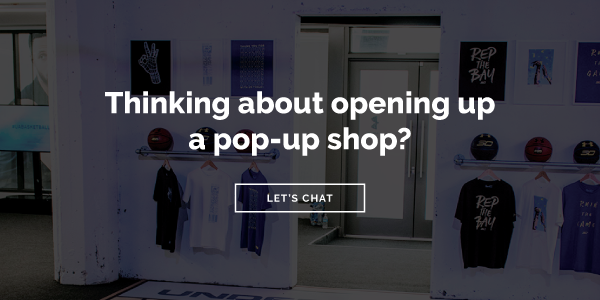Pop-Up, and They Will Come – Pop-Up Retail Shops
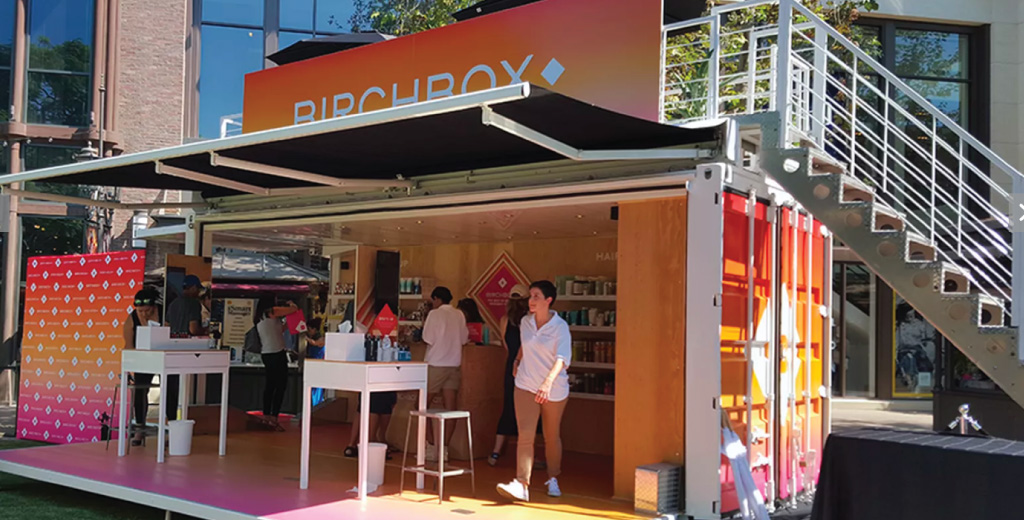
Living in the era of Amazon Prime has spoiled us. In a world where almost anything can be shipped right to your door in two days, just the thought of getting in the car, driving to a brick-and-mortar big box store, and wasting countless minutes trying to find that one thing you need is enough to make you want to sink even deeper into those couch cushions, let that next episode auto-play on Netflix, and put it off till tomorrow.
In this retail paradigm shift where large traditional stores are starting to lose customers to online retailers, pop-up stores are beginning to, well… “pop up” all over the place. Many online retailers are beginning to realize that a foray into flash retailing can be the ticket to earning new customers, creating buzz, and establishing a connection with your fans in a way that only face-to-face marketing can.
What is a Pop-Up Shop?
Sometimes referred to as temporary retail, pop-up stores, or flash retail, pop-up shops are temporary and/or mobile retail spaces that are placed in high-foot-traffic areas, and can sell any kind of merchandise. Pop-up stores usually last between one day and up to a few months.
Why Start a Pop-Up Shop?
- Make sales: A huge percentage of all purchases are still made offline. Having a physical location opens up another channel for sales. Plus, the convenience of a pop-up shop can also lead to impulse purchases.
- Generate impressions: Open a shop in a visible location with good foot traffic, and you’ll earn thousands and thousands of impressions every day.
- Be creative: Make your shop unique and eye-catching, and you could earn valuable social shares, viral buzz, and attention from traditional media outlets.
- Engage with customers: A pop-up shop is actually an experiential activation in disguise! Having a physical location lets you engage your customers face to face and generate meaningful and memorable interactions.
- Lower costs: Pop-up shops allow you to have a physical presence without investing a lot of money, time, and other resources into a full-blown physical storefront. This allows you to prove your concept in a low-risk environment.
What Kinds of Pop-Up Shops Are There?
There are a lot of ways to pop your shop. Here are a handful of options available to make your pop-up store as unique and memorable as your brand.
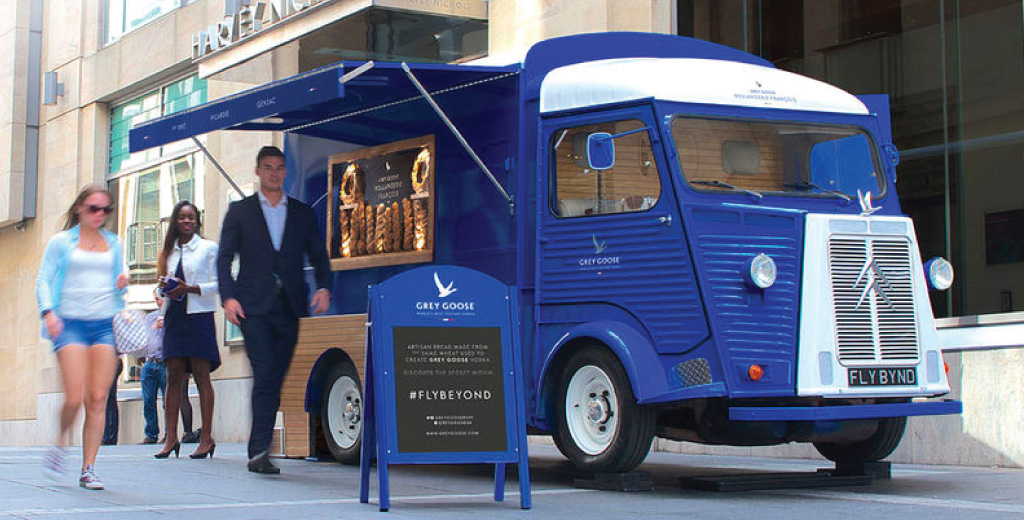
1. Mobile Vehicle: Mobile Vehicles are the most flexible option. By putting your store on wheels, you can set up shop anywhere you want, establish a following on social media as you live-tweet your location, and really make a lasting impression. A custom vehicle wrap allows your shop to be a billboard for your brand both while you’re parked and on the move.
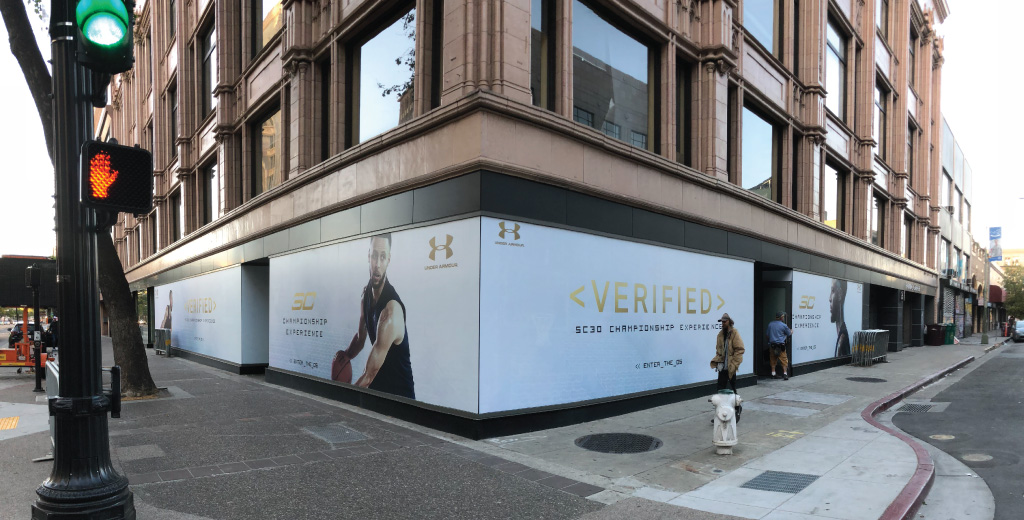
2. Street Level Space:This space is usually in line with full-fledged retail stores, meaning you get big-league exposure without the big-league commitment. However, it can be hard to get a hold of this type of space, since landlords prefer long-term tenants. You’ll need to move quickly to secure a street level space, and be willing to pay extra for it.
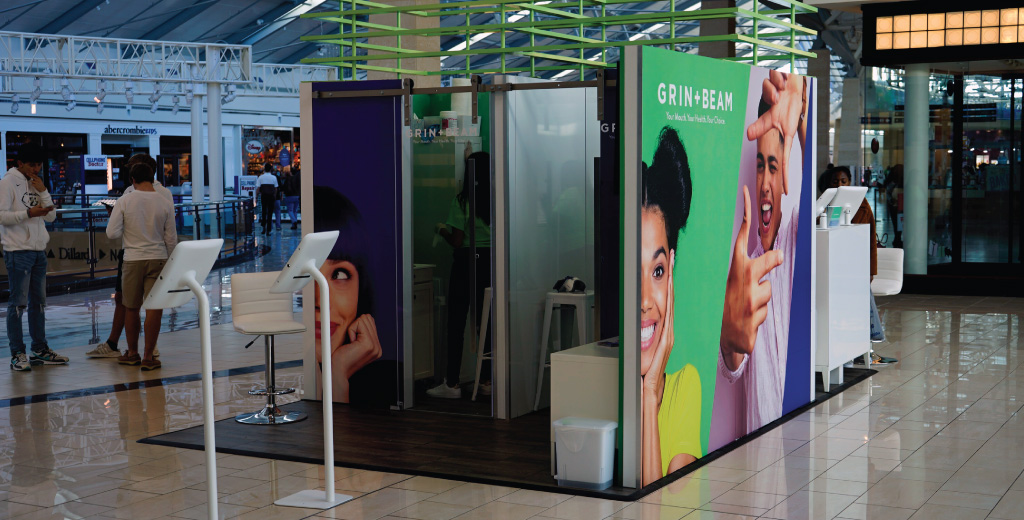
3. Kiosks/Booth Space: Found in malls, shopping centers, and markets, kiosks are a small and nimble option that allows you to capitalize on built-in foot traffic. With little setup and initial investment, this option is great for a first foray into the world of pop-up shops.
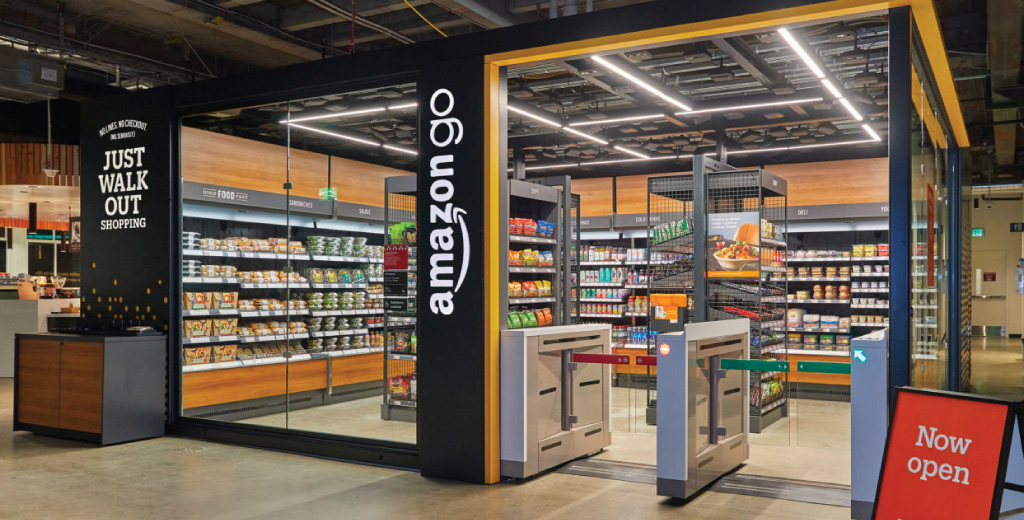
4. Store-Within-a-Store:This win-win option allows you to join forces with a local retailer and occupy some unused space in their existing store. Making sure you pick a good partner is crucial – you don’t want to be competitors, but you’ll want to make sure that you share a similar customer base. Assuming you choose the right type of store to partner with, you’ll gain access to their regular flow of customers, and in return, they’ll get to offload some of their rent.
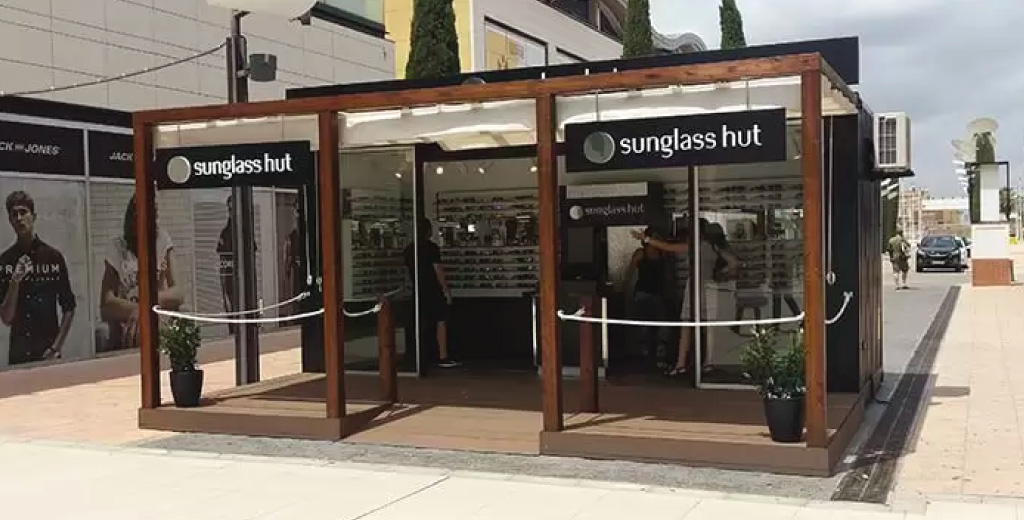
5. Pop-Up Exhibit: Pop-up exhibits are more pricey, but allow for a truly unique design, presentation, and experience for customers. Pop-up exhibits can be made out of shipping containers or similar structures, or can be completely custom built.
